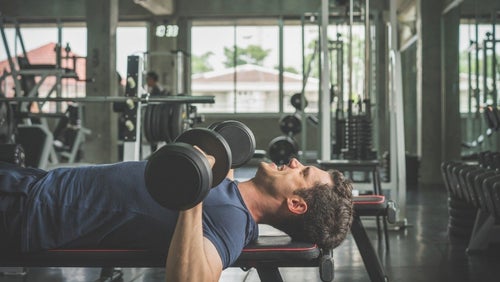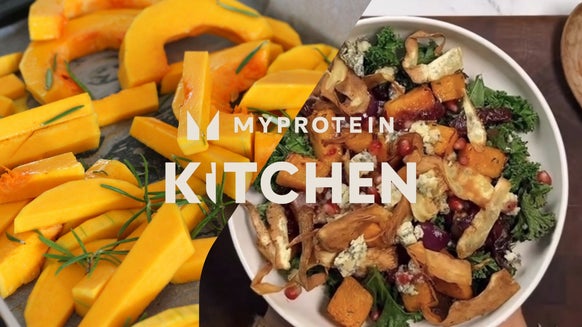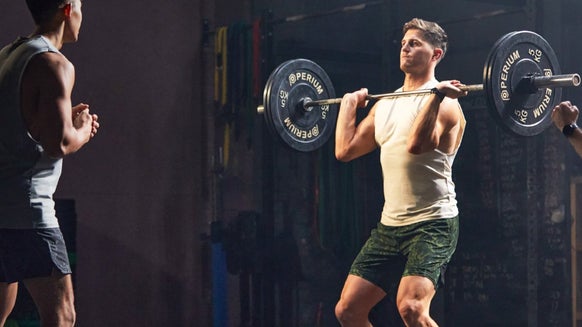How to do the Incline Dumbbell Press | Technique and Form
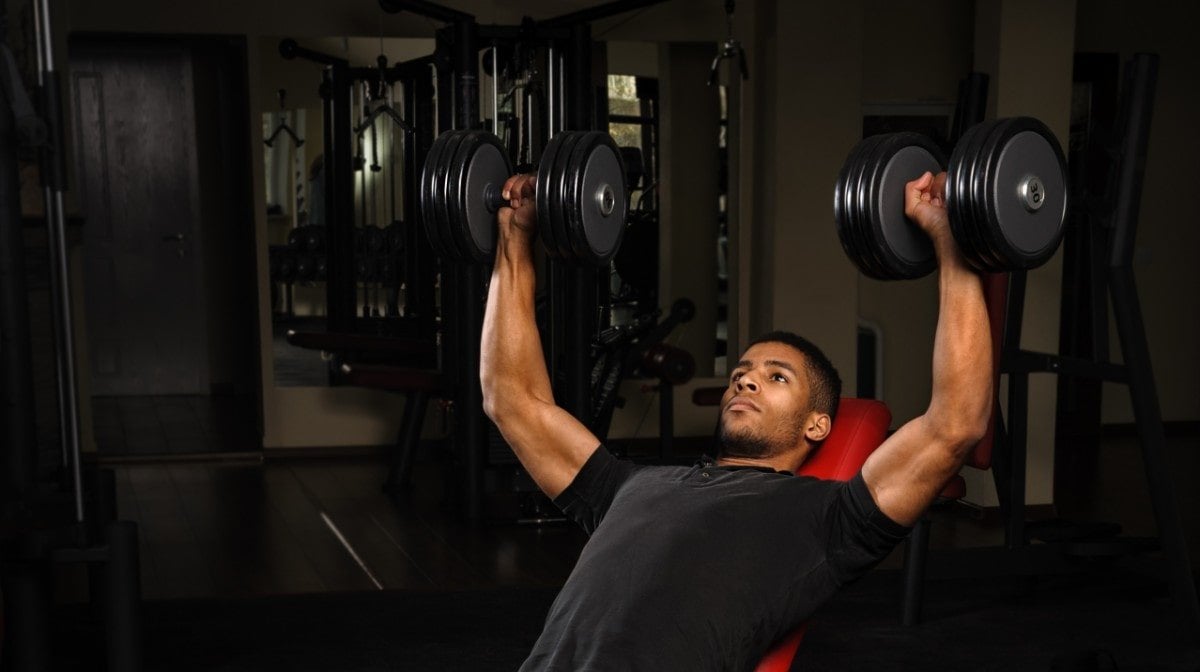
Similar to the flat press, the incline dumbbell press is a great home exercise as it can be easily performed with a barbell or dumbbells. The incline dumbbell press predominantly works the upper part (clavicular head, by the collarbone) of the pectoralis major (upper pec), the largest muscle in your chest. In contrast, the flat bench also targets the lower part (sternocostal head) of the pectoralis major - ultimately, this means less muscle mass is involved in the incline press, but targeting the clavicular head means you can progressively overload and encourage growth in this specific region of the muscle.
Skip to:
• Incline Dumbbell Press Technique • Form • Common Mistakes • Variations • FAQ
How to perform the incline dumbbell press
Equipment needed:
• Incline bench/adjustable bench • Dumbbells (or barbell) of appropriate load • Spotter (more importantly if using a barbell, as it’s more difficult to dump the weight)
Targeted muscles:
• Pectoralis major • Triceps brachii • Anterior deltoid
Technique
• Adjust the bench to around a 45-degree incline. If possible, also make an incline at the seat part of the bench to help prevent you from sliding off. • Lift dumbbells from the floor to your knees, so that the load is resting on your legs while you’re sitting on the bench. • Use your legs to assist in getting the weight up to the starting position. Your torso will be back at a 45-degree angle and your hands should be in line with your shoulders, with your elbows stacked beneath your wrists. If using a barbell, the bar should sit near your clavicle. • Lift until your elbows are fully extended (be careful if you have hypermobile joints). At its highest point, the load should be directly above the shoulder joint. • Lower the load back to the starting position in a controlled manner and complete your reps.
Form
Bracing
As with any compound lift, proper bracing is essential to minimise risk of injury and maximise your input. Contract your lower back muscles (spinal erectors) to create a small arch in your lower back and squeeze your shoulder blades together. This should activate your posterior chain muscles and make the lift more stable and powerful.
Tempo
This isn’t tempo in terms of progressive overload, but safety instead. Particularly risky when using a barbell, an uncontrolled eccentric phase (lowering) may cause injury, as the bar could potentially hit your clavicle (collarbone), which can be exposed with minimal muscle and fat to protect it. Controlling the eccentric phase not only makes the lift safer, but it also helps you to maximise the positive training adaptations made from this lift.
Body Position
Remaining balanced during this lift is key to ensuring you safely control the load. Position your feet slightly wider than shoulder width and maintain full foot contact with the ground throughout the lift. This will help ensure you maintain your balance throughout the lift.
Common Mistakes
As with many lifts, there are some common mistakes that people make when performing the incline bench press. In this section, we’ll identify some of the most common ones and what you can do to avoid them.
Lifting too heavy or too light
It’s important that you use the correct loads (% of your 1-rep max) for the rep range you’re using, as it’s one of the primary factors that determines whether you make positive training adaptations or not. Playing it safe with lighter loads is unlikely to stimulate muscle growth or strength adaptations, while loads that are too heavy can result in technique breakdown, reducing the stimuli from the exercise and increasing risk of injury. You can find load % charts easily online, then base your working set loads on a given % of your 1RM to stimulate the desired training adaptations.
Rushing reps
It’s believed that the amount of time that your muscle is under load (AKA Time Under Tension, or TUT) is a driving factor for building muscle. Rushing reps, specifically by lowering the weight quickly reduces the benefits gained from eccentric loading, such as increased strength. Use loads that you can safely handle and use a spotter if needed - this will help make sure you lift with the control required.
Minimising Range of Movement
Range of movement is another key in making positive training adaptations. Limiting it not only mitigates TUT, but also reduces the amount of eccentric loading. It’s a common misconception that 90-degree joint angles are safe and protect joints from injury — there’s no scientific backing to support this — so use a full range of movement you’re comfortable with to make the gains you want.
Variations
Sometimes equipment may be limited, or maybe you’re working around an injury. In this section, we’ll provide some variations you can do to target the same muscle fibres.
Incline Barbell Press
If you don’t have access to dumbbells, then this method provides an easy free-weight alternative targeting the upper fibres of your pec major.
• Adjust the bench to around a 45-degree incline. If possible, make an incline at the seat part of the bench to help prevent you from sliding off. • This should be performed with a rack, so that you can easily unrack the barbell to the starting position. Use a grip that is around shoulder width apart (this may vary depending on your personal preference/mobility). • Your torso will be back at a 45-degree angle and your hands should be in line with your shoulders, with your elbows stacked beneath your wrists. When using a barbell, the bar should sit near your clavicle when in the bottom position. • Press the load vertically until your elbows are fully extended ( be careful if you have hypermobile joints). At the top position, the load should be directly above your shoulder joint. • Lower the load back to the starting position in a controlled manner and complete your reps.
Incline Smith Machine Press
If you’re suffering with any minor injuries, this variation can help to reduce the amount of effort required from other muscles to aid with stability.

• Adjust the bench to around a 45-degree incline. If possible, make an incline at the seat part of the bench to help prevent you from sliding off. • This will be performed inside the Smith machine, so make sure the bar is set to the top position so you can easily unrack the load. • Unhook the load from the rack. Your torso will be back at a 45-degree angle and your hands should be in line with your shoulders, with your elbows stacked beneath your wrists. Similar to using a barbell, the bar should sit near your clavicle in the bottom position. • Press the load vertically until your elbows are fully extended (use caution if you have hypermobile joints). At the top position, the load should be directly above the shoulder joint. • Lower the load back to the starting position in a controlled manner and complete the desired number of reps.
Incline Cable Fly
While this isn’t a pressing movement, it’s a viable alternative allowing you to effectively load the upper fibres of the pec major.
• Adjust the bench to around a 45-degree incline. If possible, make an incline at the seat part of the bench - this will help prevent you from sliding off. This will need to be in between a set of two cables, with the cable apparatus set to the lowest notch. • Hold the cables on either side so your arms are in an outstretched position, slightly behind your torso - you will feel a stretch on your pecs in this position. • Bring in your arms until your hands are directly above your chest. • Lower the load back to the starting position in a controlled manner and complete your reps.
Flat Dumbbell Bench Press
This variation allows you to use more load as a greater amount of muscle mass is used. The sternocostal head (lower fibres) of the pec major will also manage a significant amount of the load.
• Adjust the bench to be flat. • Lift dumbbells from the floor to your knees, so that the load is resting on your legs while you’re on the bench. • Use your legs to assist in getting the weight up to the starting position. Your torso will be flat for this variation and your hands should be in line with your shoulders, with your elbows stacked beneath your wrists. • Press the load vertically until your elbows are fully extended (be careful if you have hypermobile joints). At the top position, the load should be directly above your shoulder joint. • Lower the load back to the starting position in a controlled manner and complete your reps.
FAQs
Is the incline press harder than a standard dumbbell bench press?
While the standard flat bench press uses both the sternocostal and the clavicular heads of the pectoralis major, the incline bench press primarily works the upper part of the muscle. With less muscle involved, you might not be able to lift as much weight in this variation. It isn’t necessarily harder, but simply cannot be loaded as much as the flat bench press that works more muscle mass.
What muscles does the incline dumbbell bench press work?
The muscles predominantly worked by this exercise are the pectoralis major (mostly the upper fibres) and minor (chest), anterior deltoid with some activation in the medial head of the deltoid (shoulder) and triceps brachii (upper arm).
Is bench pressing bad for you?
In short, no. Everyone’s body is different, so we need to set up for the bench press in different ways to accommodate our individual needs. Bench pressing isn’t inherently risky for injuries — you simply need to ensure you adhere to basic technique guidelines and use appropriate loads for your ability.
Take Home Message
The incline barbell bench press is a great training tool for developing pressing strength, while while stimulating muscle growth in your upper chest. There’s more than one way to achieve this, so if you’re looking to increase your pressing strength, the incline dumbbell press, or a variation of it, is a good way to go!
READ MORE HERE:
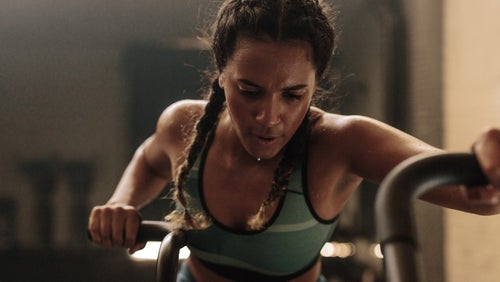
10 Best Chest Exercises for Women
Sculpt your upper body with these simple moves.
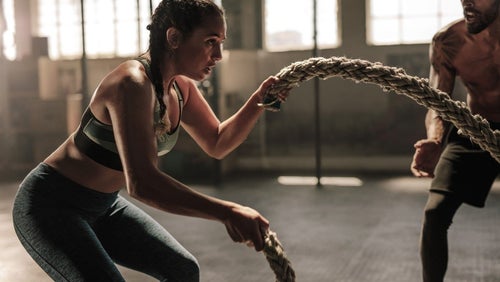
How Can I Reduce DOMS?

